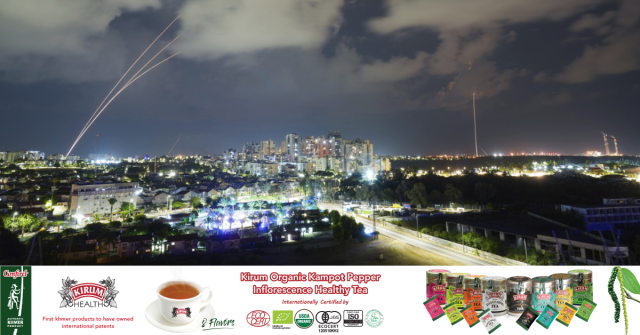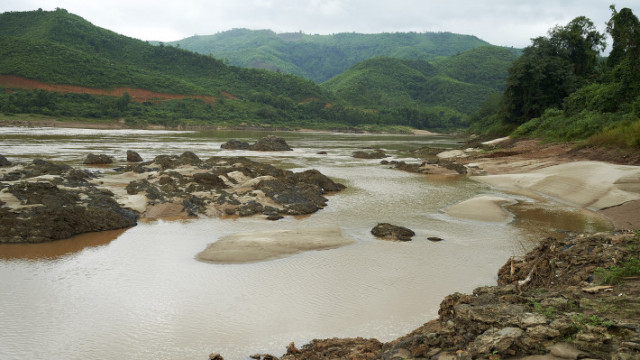Cambodian Youth Patrols Help to Protect the Prey Lang Forest in Eastern Cambodia
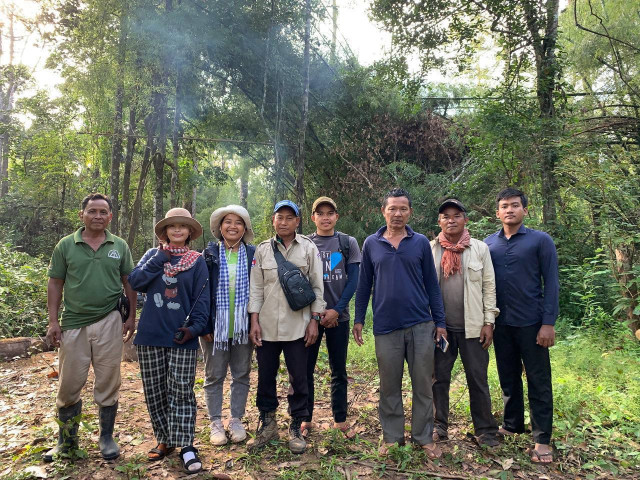
- By Teng Yalirozy
- June 5, 2022 3:03 PM
As the United Nations’ World Environment Day is celebrated worldwide on June 5, young Cambodians speak of their efforts to protect the country’s forests
PHNOM PENH—Ever since he relocated to Phnom Penh in 2018 to study at university, Met Ropi has used his holidays to patrol the Prey Lang Forest nature reserve. Part of the Cambodian Youth Network (CYN) and a senior student at Paragon University, 22-year-old Ropi has so far joined the Prey Lang Community to patrol the forest five times.
Originally from Tboung Khmum Province, Ropi said he became aware of threats to the country’s forests around 2013 when he saw villagers encroaching on forest land in Kratie Province. The road in front of his house became the route used by traders delivering logged timbers from Kratie, Mondulkiri, and Ratanakiri provinces to Vietnam, he said.
“I did not like seeing people cutting down the forest,” he said. “At that time, I did not know what to do. I just felt displeased.”
When he volunteers to patrol the Prey Lang Forest, Ropi and the other young volunteers usually spend two nights and three days in the forest, at times staying with Prey Lang Community residents to learn about their daily lives in the forest.
“This patrol is not only a cause, protecting natural resources, but also a story from which we can learn, such as through the training and knowledge [we acquire] when we get into action,” he said.
Prey Lang is the largest lowland evergreen forest in Southeast Asia, stretching over approximately 5,000 square kilometers in four provinces in Cambodia: Kampong Thom, Kratie, Preah Vihear and Stung Treng provinces. Located west of the Mekong River in the northern part of the country, it is home to more than 250,000 indigenous people who live in and around the Prey Lang Forest.
In 2016, a large part of the forest was designated as a natural reserve. Now known as the Prey Lang Wildlife Sanctuary, illegal logging and poaching continue in the reserve.
Heam Phet is a first-year student at the Royal University of Phnom Penh and one of the youth volunteers actively involved in the community forest work, particularly patrolling.
The 21-year-old student is from Kampong Thom Province’s Sandan District where his family lives in the Kbal Khla Community Forest of the Prey Lang Wildlife Sanctuary.
Phet’s parents are among those actively patrolling the forest to prevent poaching and illegal logging. Before coming to Phnom Penh to attend university, he would patrol the forest after school, at times until midnight, he said.
Phet believes that as much as 80 percent of the forest in the Kbal Khla Community Forest has been destroyed. Still, over the last two years, deforestation in the community has slowed down, thanks to the relentless participation of those in Cambodia who are concerned about the forest, he said.
However, more protection measures are needed for the forest to be protected across Cambodia, Phet added. “I love to see the forest be kept for the next generations,” he said. “I feel very happy when I see the dense forest, but I suddenly feel sad when I see the forest being devastated.”

Chea Srey Noch who is studying at the Royal University of Phnom Penh, started patrolling the forest in 2021 and, one time, spent one month in the community in Stung Treng Province.
Later on, she and three other youths spent three days and two nights in Prey Lang Forest. “We were living in the community to observe the transport of the logged timbers,” the 25-year-old student said. “We said we were the nieces and the nephew of the villagers to be safe.”
What prompted Srey Noch to take part in patrolling was the fact that she wanted to actually see the dense Prey Lang Forest, she said. In 2017, she had watched a video about the forest. Afterwards, she had looked for tours or programs that would include a visit of the forest. But to no avail.
It is only in 2021 that Srey Noch learned about the forest patrolling program organized by the Cambodian Youth Network (CYN) whose goal is to increase youth participation and civic engagement to protect forests in Cambodia.
Heng Kimhong, a program manager at CYN, said that CYN provides opportunities for young people to take part in forest patrols and connect with people in local communities who work to conserve and protect natural resources and forests.
When patrolling the forest, the young participants have been very happy to be able to explore, to see the big trees that are protected by Cambodia's tropical green forest community, and also to witness crimes in person, he said.
Traces of Crimes in the Forest
Heng Kimhong of CYN said that the crimes that have been encountered include encroachment, illegal logging, illegal timber transport, and animal trapping.
Met Ropi said he came across two forest crimes being committed while he was on patrol. In such cases, the patrol team procedure was to confiscate the equipment used to fall the trees and interrogate the cutters, he said.
However, the loggers usually ran away as soon as they saw the patrol team, Ropi said. The team would then chase them, but rarely managed to catch them, he said. If loggers were caught, the patrol team would hand them over to the environmental officers in the area.
“We questioned them as to why they cut trees in the forest and who hired them, but most of the time, they said that it was their first time logging the trees,” Ropi said.
However, after handing the loggers over to the authorities, Ropi and his team would never find out what measures were taken by the authorities regarding them.
As for the confiscated equipment, the loggers could pay a large amount of money to have it returned, Ropi said, while the stripped timbers would be handed over to the authorities.
“We didn’t know where they [the authorities] would take the timbers or that they would keep them safe,” he said.
Heam Phet said that, oftentimes, he came across timbers that had been logged and some equipment left by the loggers. He would then collect the evidence and turn it over to the authorities.
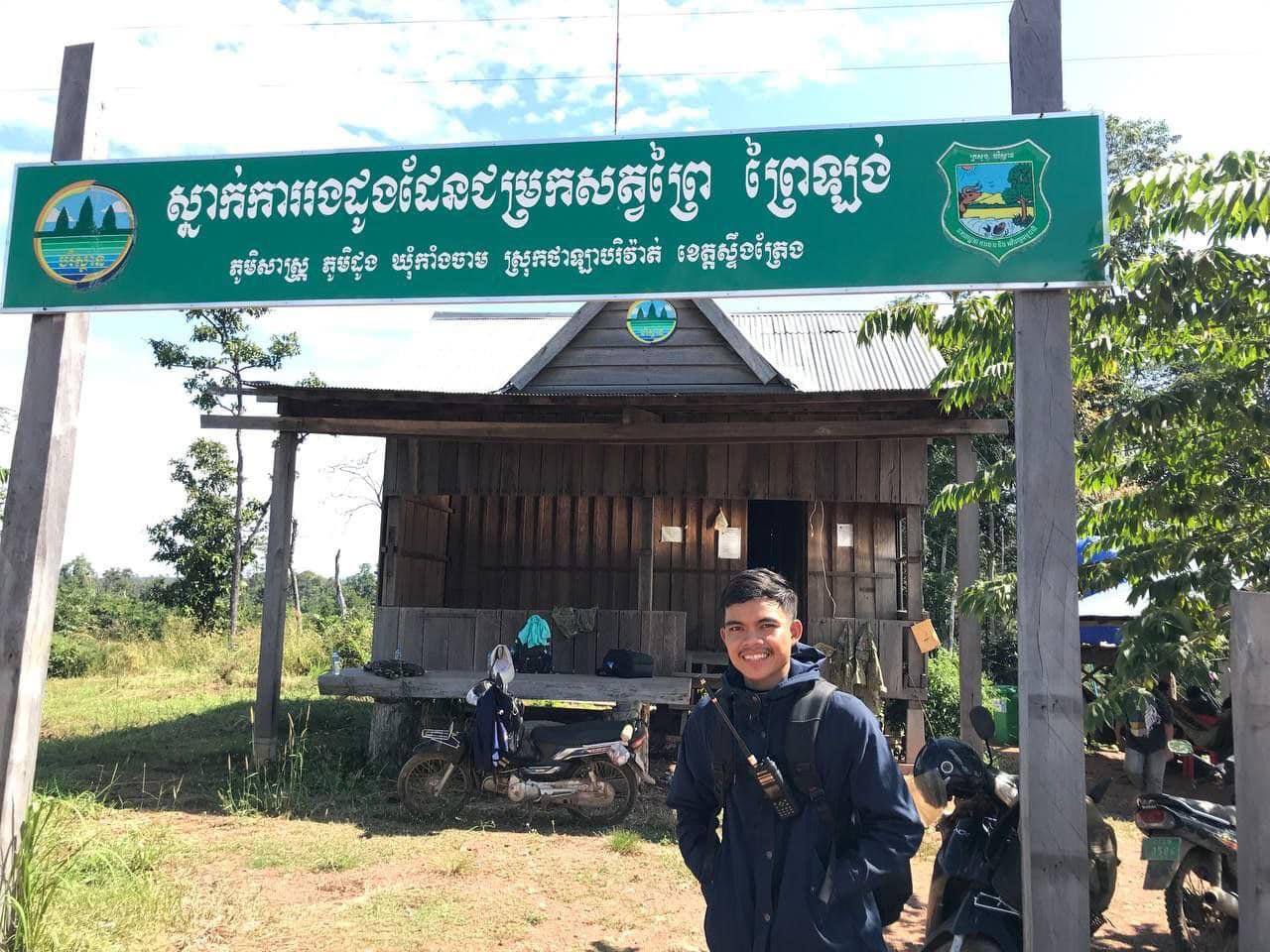
However, when encountering active deforestation activities, Phet said, there would be a clash between the community and the loggers. The loggers would assault community members who would fight back to protect themselves from the armed loggers.
Chea Srey Noch said she did not run across major crimes while patrolling the forest although she saw traces of preserved land encroachment. She was also disappointed no to see the dense forest and huge trees in the Prey Lang Wildlife Sanctuary. “It was not like what I had seen in the video,” she said.
Coming out of the forest, Srey Noch said she saw a man on a motorcycle carrying a muntjac, which is a small Southeast Asian deer, and passing in front of the environmental authorities office. Fortunately, the man was arrested, thanks to her team and the villager who reported the wildlife crime to the authorities. “So, if there had been no youth and the people, the man would have been gone with the animal,” she said.
Met Ropi and Heam Phet said that they saw wildlife traders transacting monkeys and wild pigs. Those who trade in wild animals would be released after being arrested by the authorities, they said.
Memorable Challenges While on Forest Patrol
When Srey Noch went to patrol the forest, she and the other three young people brought with them necessary items such as food, water and tents, but nothing else. Therefore, it was dangerous if the team encountered a major crime and had to confront loggers as most of the time, illegal loggers would carry guns to threaten villagers.
“It was not safe for the community, but they went [to face illegal loggers] as a group,” she said.
Travelling in the forest was difficult. While riding in areas where motorcycles could be used, Srey Noch lost her balance and fell on her face when she tried to get off her moto. The team of which Met Ropi was part had to walk kilometers into the forest. The way was long and hard, he said, the more so that he had to carry his belongings on his shoulders. Some team members hurt themselves but luckily, Ropi said, his team did not come across dangerous animals or poisonous snakes along the way.
“From one trip to the next, we learn,” Ropi said. “[W]e understand what we should carry, and what we should do during the next patrol with other members in the forest.”
For Heam Phet, the biggest challenge turned out to be the rain. The ground became slippery, and it was hard to sleep at night in the rain. They ended up tying hammocks between the trees into layers so that hammocks at the top would protect from the rain people sleeping in the hammocks below, he said.
Contribution of Youth Patrols to the Protection of Forests and the Need for All to Help Protect the Environment
Youth participation is very important for forest protection in Cambodia because the young people who get involved share their experience with other young and older people, which helps raise awareness regarding the need to protect the country’s forests and natural resources, said Heng Kimhong, a program manager of the Cambodian Youth Network (CYN).
The role of the young people is actually vital as they will not take part in deforestation and they will make recommendations and advocate to strengthen or promote the implementation of natural resource protection policies by the relevant institutions, he said.
“I really encourage and want more young people to get involved in forest protection activity,” Kimhong said. “For them to be interested in this issue, we need to continue to celebrate each year Forest Day on March 21 and Environment Day on June 5 to educate them and have them participate more.”
Met Ropi pointed out that efforts to preserve and protect the forests must involve the government as well as people in the country. The government should stop restricting people from entering the forest while carrying out their duty in an uncorrupted manner, he said.
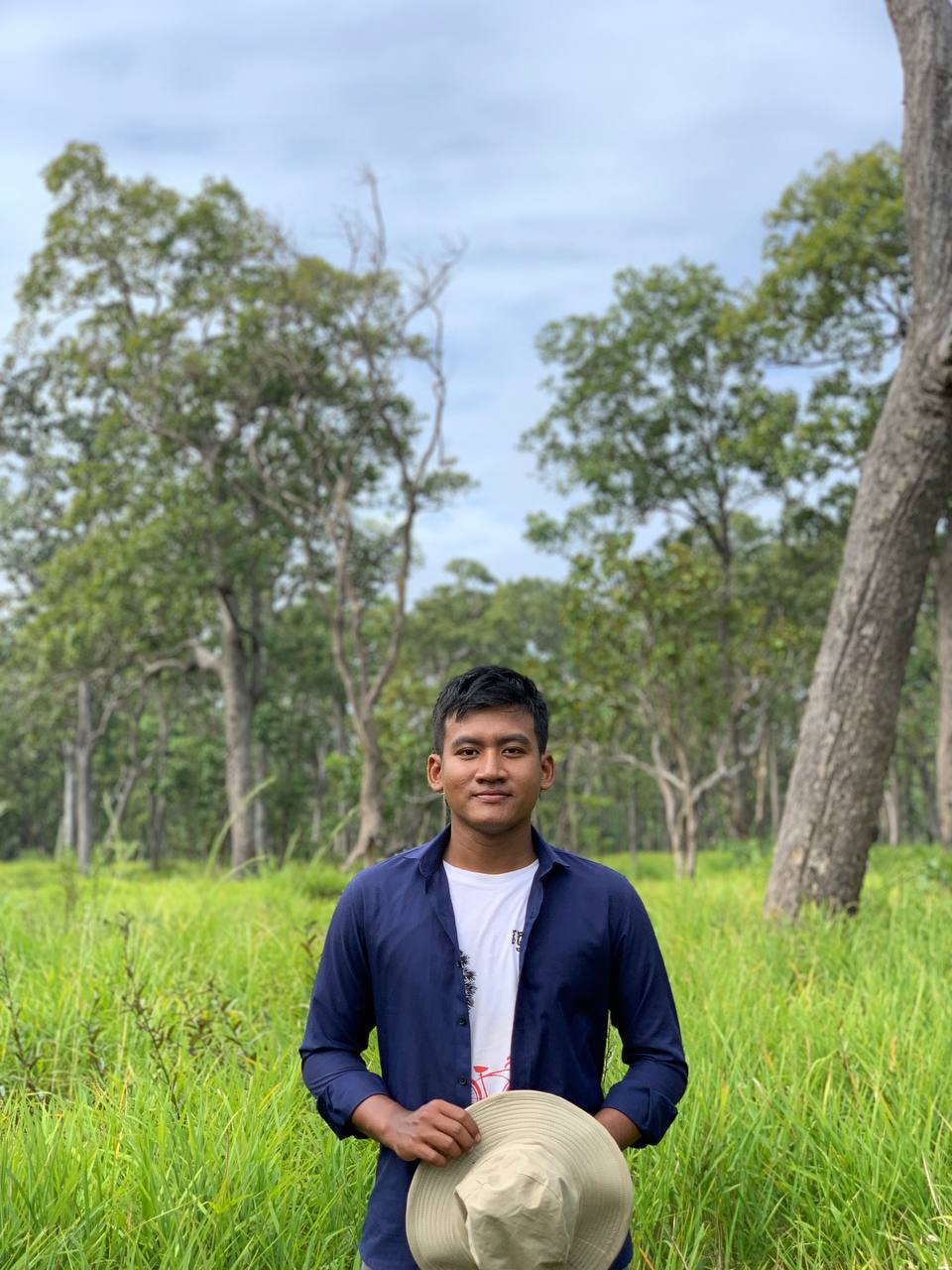
Moreover, young people in Cambodia must pay attention to the environmental issues as well as to the dramatic decline in the forest cover in the country.
“We always say we want the best for the next generation, but what have we done today,” Ropi said. “We let the state institutions do the job, so we do not have to do anything?” As people now complain about the rising temperatures, Cambodians must join hands to protect forests and the environment in the country in order to prevent environmental catastrophe, he said.
Heam Phet encouraged young people to address illegal deforestation and environmental issues. While the future is unpredictable, at least they can protect what is left, he said.
Chea Srey Noch urged Cambodians young and old to halt plastic pollution and wildlife consumption as well as the use of luxury furniture made of wood. They should also take the time to get involved in activities for the protection of the environment and natural resources. “Even though they cannot go into the forest, they can participate in environmental protection activities organized in the city or help spread [environmental protection] awareness,” she said.
Cambodia has so far maintained 46.86 percent—which amounts to 8.5 million hectares—of forest cover across the country, down from 61.75 percent in 2002, according to a Ministry of Environment report issued in 2021.






